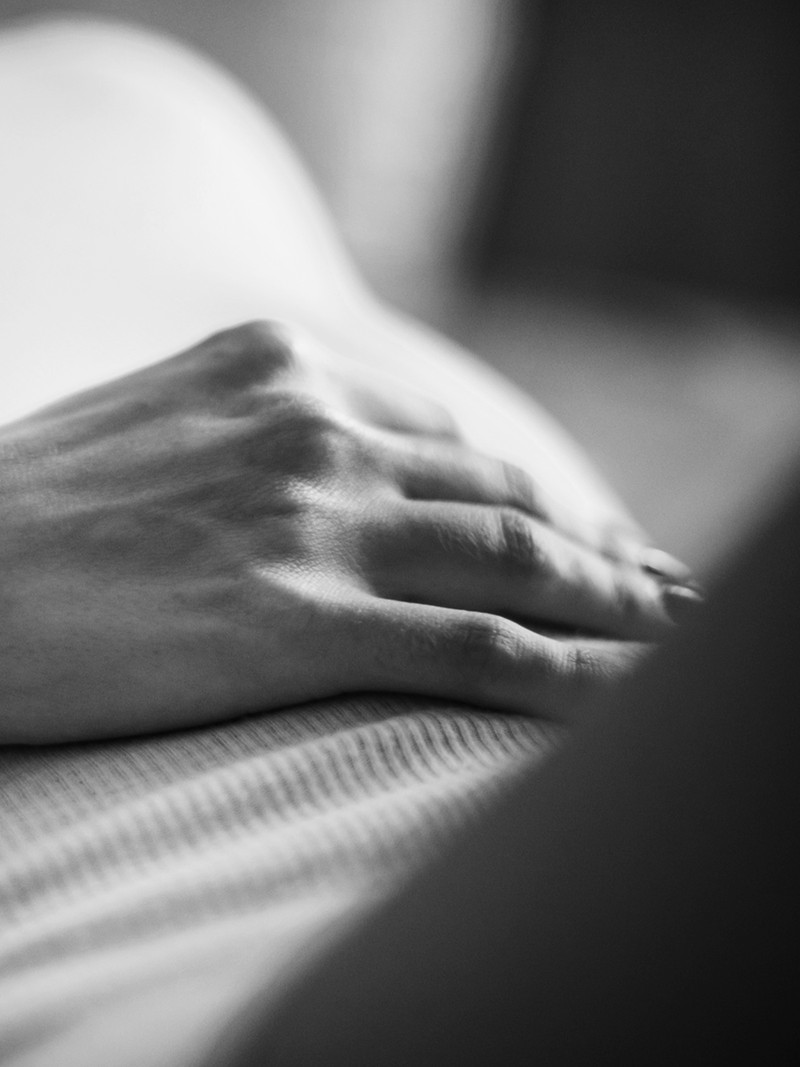9 Common Endometriosis Questions Answered
What is endometriosis?
According to Endometriosis UK, around 1.5 million are currently living with the condition in the UK, and yet many people are still in the dark about what endometriosis really is. “Endometriosis is a chronic condition where tissue similar to the lining of the uterus grows outside the uterus,” says Dr Anita Sturnham, a GP specialising in women’s health and dermatology, on behalf of women’s health platform Agora Health. Although the tissue thickens, breaks down and bleeds like it would inside the uterus, it grows where it shouldn’t (such as the ovaries and fallopian tubes) and, unlike menstrual blood, doesn’t leave the body. Depending on where the tissue forms, it can cause various problems including inflammation, fibrous adhesions and scar tissue.
What causes endometriosis?
Despite it impacting the physical and mental health of one in ten women in the UK, research into the condition is limited. “The exact cause of endometriosis is unknown and many of the theories have been disproven. Some suggestions have been retrograde menstruation (back flow of your period carrying some other cells lining the uterus into the abdomen) and genetic predisposition,” says Dr Doyinsola Kuku.
What are the symptoms of endometriosis?
Endometriosis is a very individualised condition, meaning that some women might experience multiple symptoms, and some might experience none. Symptoms can also vary in intensity and duration. Classic signs to watch out for are pelvic pain, painful menstrual cramps that prevent you from going about your day comfortably, pain during or after sex, and difficulty getting pregnant. Because of the proximity of endometrial tissue to the bladder and bowel, some women may also experience severe bloating, diarrhoea and symptoms similar to a urinary tract infection.
How is endometriosis diagnosed?
Although it can be diagnosed with an ultrasound or laparoscopy, many women find their endometriosis is misdiagnosed and even ignored. According to New Victoria Hospital’s Zaid Hasafa, a consultant gynaecologist and endometriosis specialist, more needs to be done within the medical community to educate healthcare professionals. “The misdiagnosis rate for endometriosis is alarmingly high and the impact on the economy is similar to diabetes or even Crohn’s disease; patients are often absent from work or their studies due to chronic pain.” If you are lucky enough to be diagnosed accurately, it’s highly likely that you’ll still have to wait for that to happen. According to a new study by Endometriosis UK, getting a diagnosis of the condition now takes even longer than it did pre-pandemic, with women waiting an average of 8 years and 10 months for a diagnosis. Not only does this mean living with the condition for a long period, it also means a delay in accessing treatment, and the risk of the disease worsening, which can lead to exacerbated physical symptoms and a risk of permanent organ damage.
How is endometriosis measured?
Historically, experts used a staging system to grade the condition, which took into account the areas, extent and depth of endometrial lesions. The stages ranged from one to four and were classed as minimal, mild, moderate and severe. Now, however, the National Institute for Health and Care Excellence (Nice) guidelines state that endometriosis treatment should be provided in accordance with the patient’s symptoms, preferences and priorities instead, an outlook which aims to provide a more personalised and considered treatment plan.
What lifestyle changes can help endometriosis?
Although the cause of the disease remains unknown, recent research has revealed possible links between endometriosis and reduced immunity, with the theory being that the weakened immune system is unable to adequately deal with the misplaced endometrial tissue. “As we know endometriosis is linked to immune issues, anything such as foods, supplements or lifestyle factors that boost a healthy immune system and reduce systemic inflammation can be helpful,” says Anita. Naturally, such a debilitatingly painful condition is also associated with chronic levels of stress and, while reducing your stress levels won’t reverse your symptoms, it can help improve your quality of life. Equally, joining a support group which allows you to share tips and stories with others with similar experiences can also help.
What should you expect if you go to your GP?
If you suspect you may have endometriosis, it’s important to get an initial appointment with your GP. Because it isn’t a straightforward disease to diagnosis, it’s crucial that you share as much as you can about your symptoms and the impact they are having on you. Although your GP won’t be able to formally diagnose you without minor surgical intervention, they can check you for infections, perform external abdominal checks and internal exams, and arrange for an ultrasound scan. While you should expect your GP to conduct a thorough investigation into your symptoms, in many cases a referral to an endometriosis specialist is necessary. They can then perform a laparoscopy – keyhole surgery via a small incision into the abdomen – which is currently the only formal way to diagnose the condition.
Can endometriosis affect fertility?
Although endometriosis does not automatically lead to infertility, in some cases it can cause issues with getting pregnant. “Endometriosis can impact fertility by causing scarring and adhesions in the reproductive organs, particularly the ovaries and fallopian tubes,” explains Anita. “Disruption of the menstrual cycle may cause anovulatory cycles too, where the ovary fails to release an egg.” That said, it’s estimated that around 60-70% of women with the condition get pregnant spontaneously and without issue, and even in cases of severe endometriosis, natural conception is still possible. If you do have concerns with your fertility or are having difficulty conceiving, talk to your GP or endometriosis specialist so they can discuss the best options and treatment plan with you.
Is there a cure for endometriosis?
Although more research into the condition is gradually being done, there is no cure for endometriosis. Treatment options available include major and minor surgery, and medical interventions including prescription of hormonal contraceptives and hormone drugs that can inhibit endometrial tissue growth. While a hysterectomy is not usually a treatment option for endometriosis which occurs outside the uterus, it can be a viable route for women experiencing severe adenomyosis. Although similar to endometriosis, in adenomyosis the endometrial tissue grows into the muscular wall of the uterus instead, leading to significant pain, distress and heavy bleeding. Whatever your diagnosis, it’s important to understand that both diseases are progressive and will continue to develop, which means investigation and discussion of treatment options is essential.
For more information, visit Endometriosis-UK.org
DISCLAIMER: Features published by SheerLuxe are not intended to treat, diagnose, cure or prevent any disease. Always seek the advice of your GP or another qualified healthcare provider for any questions you have regarding a medical condition, and before undertaking any diet, exercise or other health-related programme.
DISCLAIMER: We endeavour to always credit the correct original source of every image we use. If you think a credit may be incorrect, please contact us at info@sheerluxe.com.


